#annelida
Text
Phylum Round 3

Annelida: Segmented Worms. This group includes earthworms, leeches, and many classes under the umbrella of “polychaete”. This diverse phylum encompasses deposit feeders (eating dirt), detritivores, scavengers, deadly ambush predators, filter feeders, parasites, herbivores, and more. They are broadly defined by their repeating body segments and parapodia, which are nubby appendages used for both movement and breathing. Some have curved jaws for catching prey or scraping detritus off of rocks, while others have wide, elaborate, brightly colored feather-like fans for filter feeding. While able to crawl freely, a majority of marine Annelids spend most of their time in self-built tubes or burrows. Among their many important functions, they play a key role in mixing soil/sediment, breaking down decaying organic matter, and providing a key food source to countless other animals.
Cnidaria: Jellyfish, anemones, corals, box jellies, and hydroids. They have a gelatinous body with radial symmetry, a decentralized nervous system, and tentacles surrounding a simple mouth. The defining feature of this phylum are their cnidocytes, or stinging cells. There are two different body plans of the Cnidaria; an immobile “polyp” attached to a surface, or a free-living “medusa” which can swim or drift in the water column. Many polyp Cnidarians, such as corals, live in colonies. Some corals build reefs which serve as habitat for other animals. Free-living medusa Cnidarians must return to the seafloor in a polyp-like stage as a part of their life cycle.
#annelida#cnidaria#animal bracket#tumblr bracket#bracket tournament#poll bracket#phylum round 3#phylum#begging on my knees for annelids rn sorry I am so biased#world's best most beloved worms
334 notes
·
View notes
Text

#snake#snakes#reptile#reptiles#reptiblr#corn snake#corn snakes#corn snake morphs#baby snake#Annelida#bdjb23b#bdjb23bf3#palmetto
75 notes
·
View notes
Text

A bristleworm (Polychaeta sp.) off the coast of Boca Raton, Florida, USA
by Bryant Turffs
#bristleworms#polychaetes#polychaeta#annelida#wildlife: florida#wildlife: usa#wildlife: north america
171 notes
·
View notes
Text


14/09/23 - Syllidae sp.
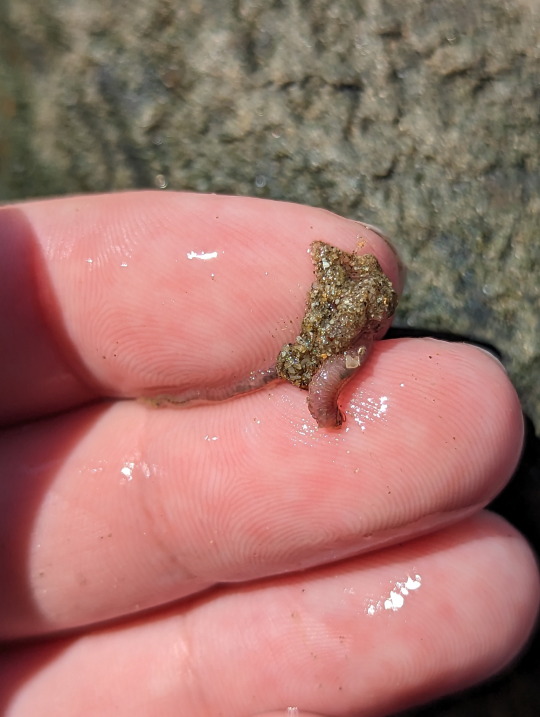
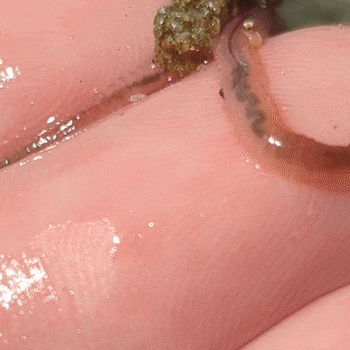
14/09/23 - Annelida sp.

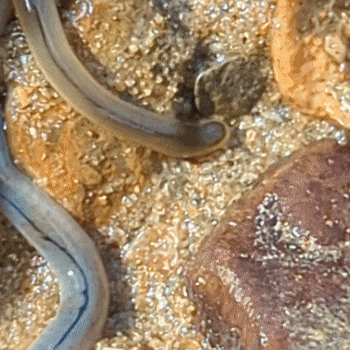
14/09/23 - Unidentified
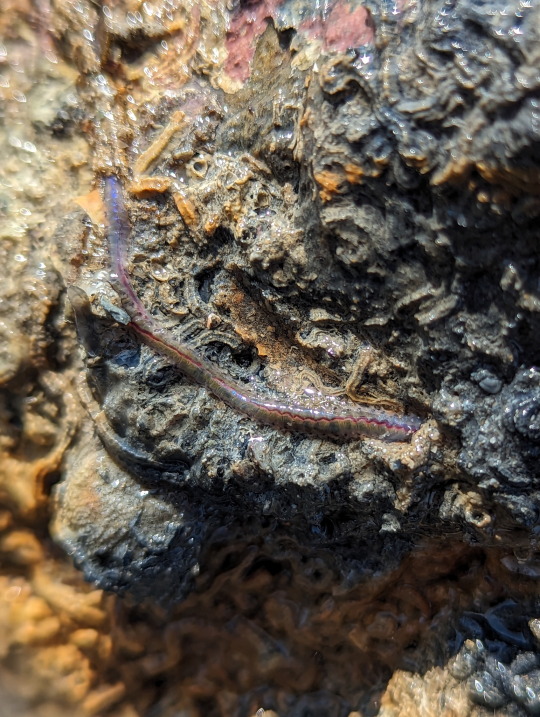
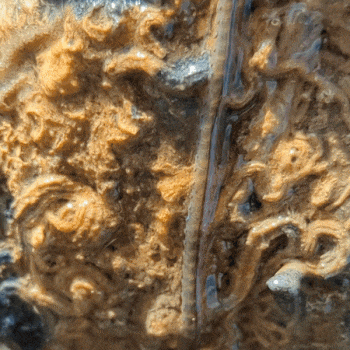
14/09/23 - Annelida sp.

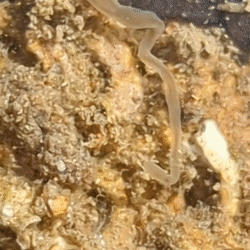
14/09/23 - Unidentified
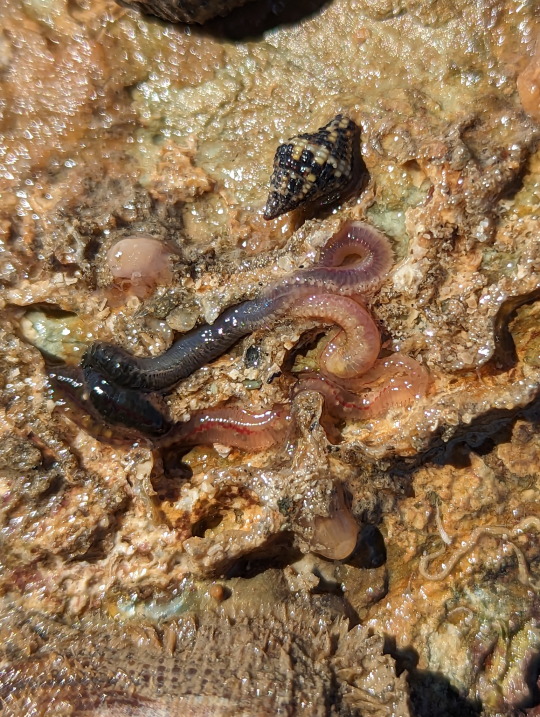
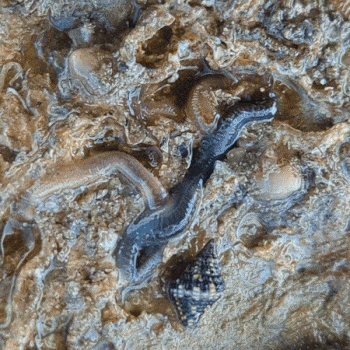
14/09/23 - Annelida sp.
Marine worms collected from tidepools
14/09/23
QLD:CQC - Yeppoon, tidepools
#Syllidae#unidentified#Polychaeta#Polychaete Worms#Annelida#Segmented Worms#Errantia#bristle worms#worms#gifs
98 notes
·
View notes
Photo

Prev || Cover || Next
DA || Main Blog || Art Blog
42 notes
·
View notes
Text



spring means warm and wet which means bugs on campus. foot for scale on the earthworm because it was fucking Huge
#cw bug#cw bugs#millipede#earthworm#slug#unfortunately I don't have ids for these guys#i am Awful at id'ing 😭#gastropoda#mollusca#annelida#worm#annelids#diplopoda#myriapods#mollusc
11 notes
·
View notes
Text

As a social species, the way humans interact with each other are vast. However, they can rarely hold a candle to some of the bizarre ways creature of the deep ocean interact with their mates.
This is the zombie worm (Osedax) also known as the boneworm or snot worm.
This odd creature sustains itself by making use of an often untapped source of nutrients - bones! This polychaete worm secretes an acid from their skin to break down the fat within fallen whale skeletons in order to feed symbiotic bacteria within their bodies.
What makes this animal even more interesting is the extreme form of polygamy they engage in. For years after their discovery human scientists were perplexed by the fact that all collected zombie worm specimens were female, eventually it was discovered that the microscopic males were living within the tissues of the 2-7cm females. Females often housed multiple mates, up to 111 'tenants' have been recorded within one female!
#marine zoology#worm#wormposting#polychaete#annelida#ocean animals#sea animals#ocean life#deep ocean#ocean#oceanlife#marine ecology#marine animals#marine biology#marine life#sea life#sea creature#sea creatures
38 notes
·
View notes
Text


Neva posted these
50 notes
·
View notes
Text
OK this isn't a bug or even an arthropod for that matter, and I'm sure it's been brought up in the biology circles of Tumblr before BUT I wanna take a second to talk about the Giant Gippsland Earthworm (Megascolides australis)...
So, I'm sure all of y'all know the typical earthworm, just a few inches long, the type of little guy you find under a rock or in the dirt after a rainstorm, right?
Well, then you have these guys:
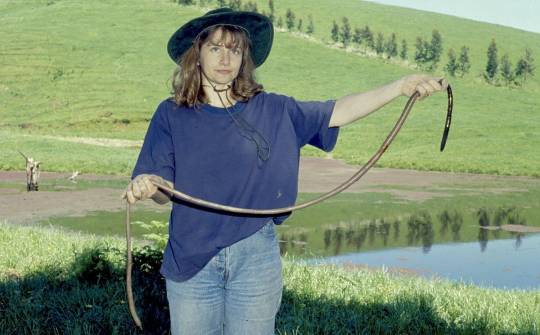
[Image ID: Invertebrate ecologist Beverley Van Praagh holding a Giant Gippsland Earthworm with arms outstretched to show its length / Credit and Source: Rodney Start and Museums Victoria]
These gigantic worms are about 1 metre (3 feet, 3 inches) long, are 2 centimeters (0.79 inches) in diameter on average, and can get up to 3 metres (9 feet, 10 inches) long, yet are still only 200 grams (0.44 pounds) on average! Even their babies are 20 centimeters (7.9 inches) long when they hatch!!
Speaking of the babies, they take a shockingly long time (for an earthworm) to mature! They can reportedly take up to 5 years to reach maturity.
These guys, are, perhaps unsurprisingly, native to Australia (in a relatively small section of Gippsland in Victoria), and only live underground, about 52 centimeters (20 inches) down, in moist clay, near water, and arent really spotted often because of this- However despite the fact they're typically very slow, if they move fast enough in their burrows they can be detected. Why, you may ask? Because it makes a sound, one that sounds like gurgling or sucking apparently.
This species of worm is really fascinating (as are earthworms in general)! and I also feel it's necessary to bring up the fact it's also considered to be endangered
Here's some more reading on this species for those who are interested:
#Worms#Worm#Annelids#Annelida#Opisthopora#Earthworm#Earthworms#Biology#Inveribrates#Large animals#Wasp House Buzzing
46 notes
·
View notes
Text
leech vid 🥺
#aeg's ecology tag#leech#hirudinea#annelida#i love u worms :)) i love u leeches :)))#bug cw#ecology#parasite#cw parasites#i was SOO excited to see this lmao
46 notes
·
View notes
Text
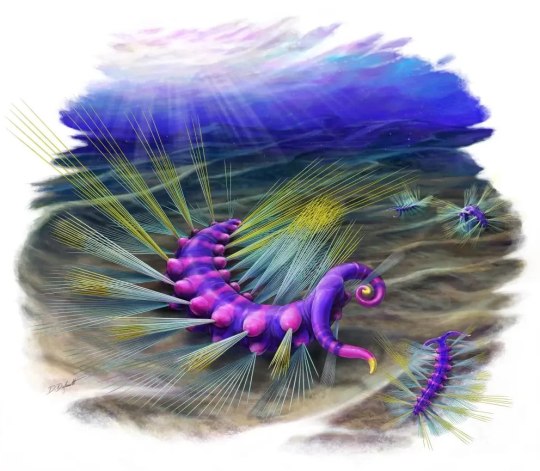
Ursactis
Ursactis — рід червів з типу Кільчасті черви (Annelida) відомий з кембрійських сланцевих відкладів Берджесс. Типовий вид — Ursactis comosa. Більшість зразків походять з Токумм-Крік, нового сланцевого родовища Берджесс у північній частині Національного парку Кутеней, Британська Колумбія, Канада.
Повний текст на сайті "Вимерлий світ":
https://extinctworld.in.ua/ursactis/
#ursactis#british columbia#canada#cambrian period#north america#cambrian#annelida#paleontology#paleoart#prehistoric#animals#digital art#illustration#article#sciart#animal art#prehistory#extinct#fossils#art#ua#палеоарт#палеонтологія#ukraine#ukrainian#українська мова#мова#україна#канада#science
11 notes
·
View notes
Text
Phylum Round 2
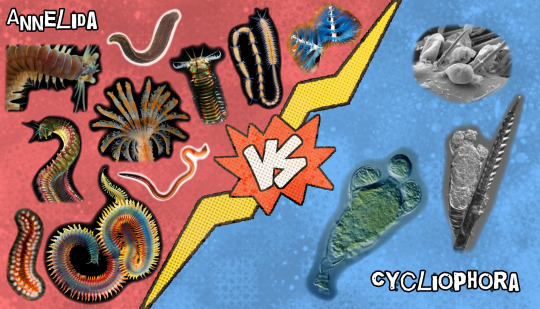
Annelida: Segmented Worms. This group includes earthworms, leeches, and many classes under the umbrella of "polychaete". This diverse phylum encompasses deposit feeders (eating dirt), detritivores, scavengers, deadly ambush predators, filter feeders, parasites, herbivores, and more. They are broadly defined by their repeating body segments and parapodia, which are nubby appendages used for both movement and breathing. Some have curved jaws for catching prey or scraping detritus off of rocks, while others have wide, elaborate feather-like fans for filter feeding. While able to crawl freely, a majority of marine Annelids spend most of their time in self-built tubes or burrows. Among their many important functions, they play a key role in mixing soil/sediment, breaking down decaying organic matter, and providing a key food source to countless other animals.
Cycliophora: An incredibly specialized phylum, the Cycliophorans consist of a single genus. These animals live exclusively on the mouthparts of lobsters. Yes, all Cycliophorans. This is considered a commensal relationship, as the lobster is not harmed by the Cycliophorans' presence. This phylum has an interesting reproductive strategy involving cloned dwarf versions of the male, embryos that drain all nutrients from the mother, and larvae that must be strong swimmers to hopefully re-colonize the host lobster's new exoskeleton whenever it molts.
#annelida#cycliophora#animal bracket#tumblr bracket#bracket tournament#poll bracket#phylum round 2#phylum
54 notes
·
View notes
Text

#snake#reptile#snakes#reptiles#reptiblr#corn snake#corn snakes#corn snake morphs#baby snake#annelida#bdjb23b#bdjb23bf3#palmetto corn snake
90 notes
·
View notes
Text

A bristleworm (Polychaeta sp.) amongst the orange cup coral (Tubastraea coccinea) in Bonaire, South America
by Pierrette Wagner
#bristleworms#polychaete#polycheata#annelida#orange cup coral#corals#cnidarians#tubastraea coccinea#tubastraea#dendrophylliidae#scleractinia#hexacorallia#cnidaria#wildlife: bonaire#wildlife: south america
138 notes
·
View notes
Text
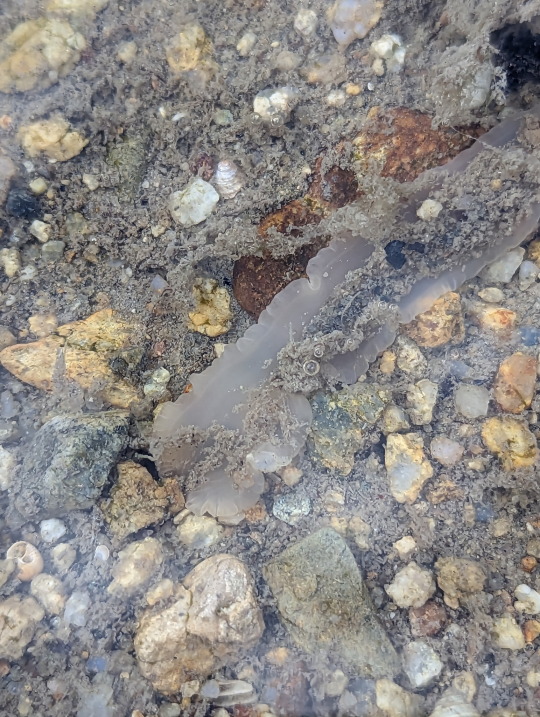



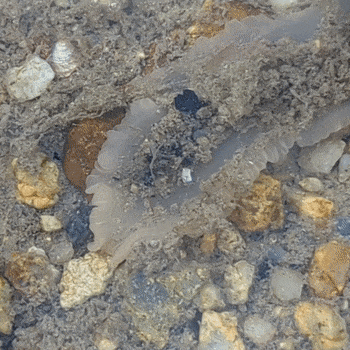
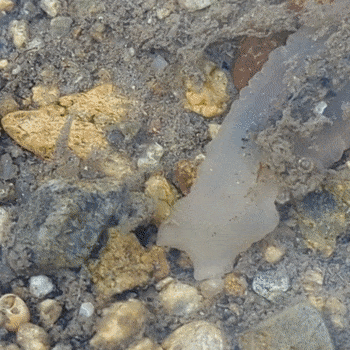
Unidentified life form.
Upon first seeing these 2021, I believed they were a species of flatworm. I was told on iNaturalist that there weren't any flatworms which matched description, and that the specimens had slight signs of segmentation (thus Annelida). As it currently stands, I have seen these creatures numerous times, but have yet to find any sort of identification.
Brief description:
These are benthic creatures, residing in burrows I've mainly witnessed further up the shore in mangrove environments. They remain in their burrows until there is a few centimetres of water level, after which they leave (or a part of them leaves) the burrow to feed on sediment. They sift through the sediment, possibly collecting sediment on the top-facing surface of the body/appendage to take back into the burrow. I typically find these things covered in sediment, and they leave very distinct trails in the sand after feeding. I have only come across them in Bowen (the beach at the giant mango), though I find it doubtful that Bowen is their only location.
08/09/23


10/09/21 - Past photos showcasing trails left after feeding.
QLD:BRB - Bowen, mangrove beach
123 notes
·
View notes
Photo
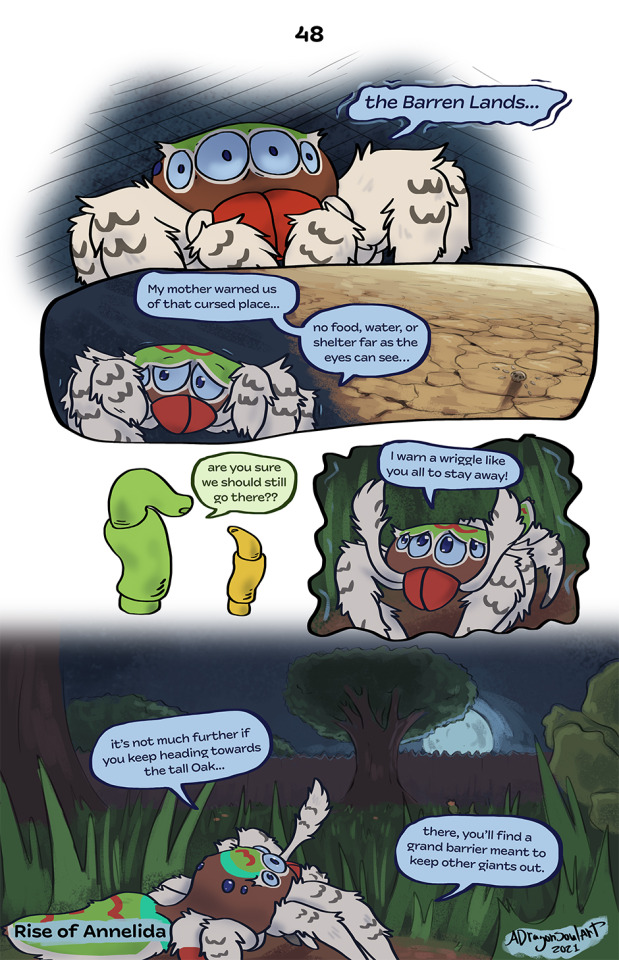
Prev || Cover || Next
DA || Main Blog || Art Blog
26 notes
·
View notes